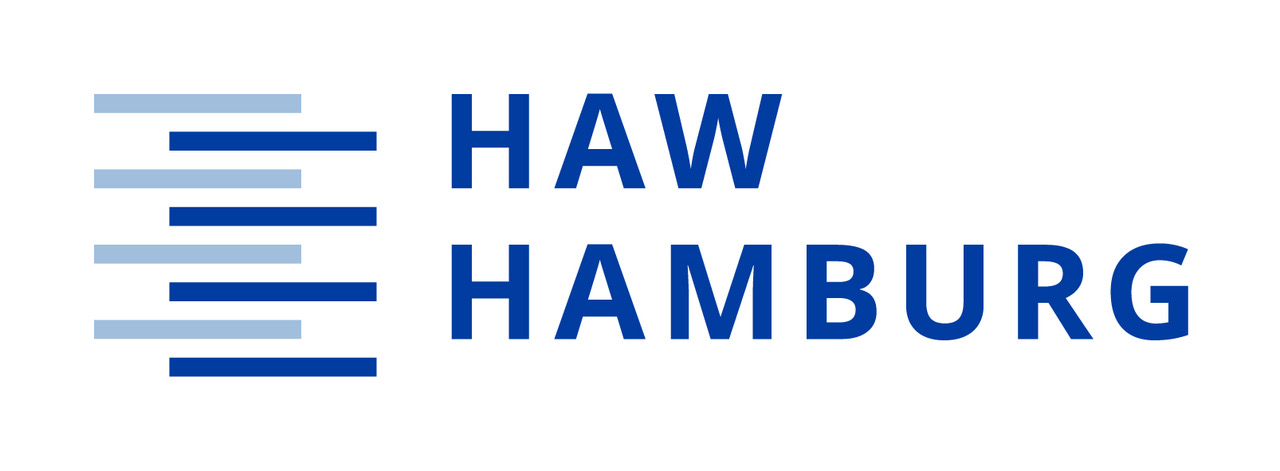About QUIC Classification
Welcome to the QUIC classification project. This is a project of Freie Universität Berlin and HAW Hamburg.
Background
The QUIC protocol was designed to improve Web performance and reduce access latency. A crucial part is the connection setup. To successfully reduce roundtrip times and prevent DDoS, a server must not exceed the QUIC anti-amplification limit. Achieving this does not only depend on the amount of data a client sends to a server but also on the configuratoin of the server.
This measurement platform probes the connection setup to a QUIC server and informs about the server behavior. We measure the anti-amplification limit of the server, RTT, and classify the connection setup as follow:
- 1-RTT (optimal): Handshakes that complete within 1-RTT and comply with the anti-amplification limit.
- RETRY (less efficient): Handshakes that require multiple RTTs because the Retry option is used.
- Multi-RTT (unnecessary): Handshakes that do not use Retry but require multiple RTTs because of large certificates.
- Amplification (not RFC-compliant): Handshakes that complete within 1-RTT but exceed the anti-amplification limit.
For more details on the measurement method, we refer to our ACM CoNEXT 2022 publication.
Project Team
- Raphael Hiesgen
- Jonas Mücke
- Marcin Nawrocki
- Pouyan Fotouhi Tehrani
- Thomas C. Schmidt
- Matthias Wählisch
The initial version of this implementation was developed during the IETF 115 Hackathon.
Contact
In case you encounter any issues or want to talk about QUIC handshakes, feel free to contact Jonas and Marcin.

